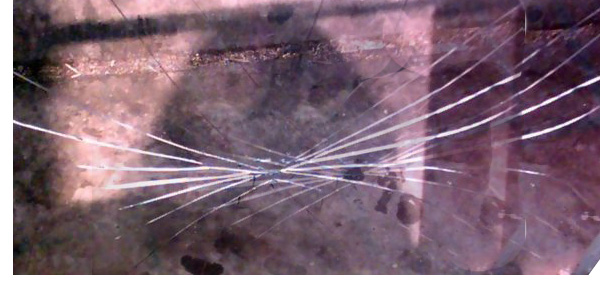by Kate Shahan
This semester, SAIC has begun yet another attempt at a school-wide recycling program. The program provides every floor and lounge in the 112 S. Michigan building with a color-coded system of recycling bins, with the intention that the bins will create an inescapable visual presence.
The students responsible for collecting the recyclable waste are paid from the operations budget, which also put $9,000 toward the purchase of the recycling bins. The Operations Department is responsible for paying the waste removal bill, and as the school is charged according to the weight of the garbage removed. (More recycling means lower bills.)
Assistant Director of Academic Administration Sarah Mallin, the staff member running the program, explained how she hopes to change the student body’s attitude toward waste management, and stated, “we have such a little amount of contact with the things we use. We need to start to think about what happens to an object after it’s created, but more importantly after it’s discarded.”
Mallin believed that prior SAIC recycling programs never flourished because the systems were not extensive enough and had ineffective advertising. For example, students living in the 162 North State Street residence hall are asked by a small poster to take their recyclable goods to the loading dock. She also revealed her suspicions that the city-run recycling program caused the general public to lose faith in their efforts when the blue recycling bags were seen being tossed into the waste removal trucks with the rest of the ordinary garbage. It is unknown how this information affected recycling at SAIC, but Mallin wanted to reassure the student body that the new SAIC program will be run differently than the city’s program.
Mallin explained that certain products, such as computer and copier paper, are impractical to purchase as a recycled good, so instead the printers and copiers are stocked with bamboo paper, an inexpensive renewable resource. Mallin confirmed that the public restrooms in all SAIC buildings are stocked with recycled toilet paper.
Mallin has been working with Heidi Meron, head of the student recycling organization Grounded. Together they hope to educate the SAIC student population about the benefits of recycling. As Mallin explained, “If you have an understanding of what you’re holding, it might change the way you use it.” She and Meron have considered other incentives for students who recycle, such as placing money on student ARTICards. Mallin mentioned providing a chart for the student body, which would show them how much has been recycled and where it is going. The group also realized that they needed to cater to student laziness, shown by the tremendous amount of recycling bins to be placed in the Michigan building.
Mallin hoped that once the spring semester arrives, the program will be able to provide other SAIC buildings with the same recycling system.
Mayor Daley has tried to make recycling a mainstream concern, but Mallin believes that it can be a personal mini-protest. “We don’t have power over much in the world, but we have power over what we buy, and what we do with what we buy. If everyone starting buying recycled toilet paper, they’d stop cutting down the rainforest to make it.”
October 2005







